Greifswald & Tollense field school - Part 5
During the months of July and August, students from Leiden University, Rostock University and Göttingen University research shipwrecks in the Greifswald Bay and a prehistoric site at the Tollense river in Germany.
After finishing our dive work in Greifswald Bay on several shipwrecks from the 16th to the 18th century, it was time for the team of students and professors to leave the coast and travel a bit more land inwards, to the Tollense Valley.
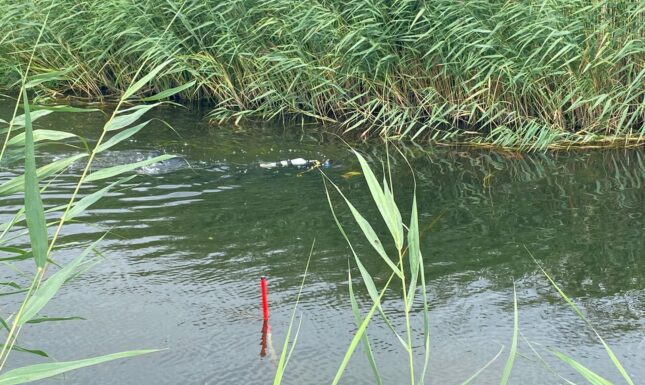
Last year's field school also took place at the Tollense Valley, where in 1300 BC a battle took place. Over the years, many human skeletons, bronze weapons and wooden structures have been discovered in the valley and in the riverbed as well. Last year it was so hot, that there was hardly any water in some stretches of the Tollense river. This shows the danger the site is facing. Due to climate change, the area becomes dryer and dryer. There is of course the direct effect of the earth heating up, in addition to the indirect effects of the measures that people are taking: using more water, building windfarms in the area, etc. Therefore, we do some small scale researches on land and underwater with the students from Leiden, Rostock and Göttingen.
In this blog, student Matija Poljansek joins the research at the Tollense river.
Joining the team
I arrived In Neubrandenburg on the 16th of July and was picked up by the team of Leiden University that had been diving at Greifswald the week before. We drove to the Naturerlebnispark Mühlenhagen which is where we are staying the two weeks of the excavation. At the time of writing this we are half way through the two weeks, I have been sleeping very comfortably in my tent and we have been cooking and eating in the Hay hotel for breakfast and dinner. The excavation itself is very interesting!
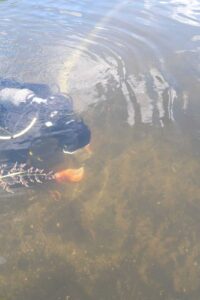
New site, new tasks
We have now split our work area into two trenches and I am focusing on trench 1. The trench itself is full of things especially animal bones and posts which are stuck into the bed of the river very close to the bank itself. Throughout the first week we have been cleaning the area, taking out the bones and writing down the location with our GPS. Over the past two days the process of using the water dredge has begun, which is quite fun and it is a great help in clearing the river bed. More and more of the structure is starting to appear. The posts go quite deep and there are also some horizontal pieces of wood. However, the true function or original shape of the structure still evades us.
I have also gone through the entire trench and its surroundings with the metal detector which for the most part yielded few results. However, there were two interesting finds: The first one is an iron nail that is very corroded. Therefore, it still needs to be investigated regarding its true origin. The second interesting finding is an iron arrow head which seems to be from the slavonic/early medieval period. This is does not align with the age of the construction, which is believed to be from around the Bronze Age battle that took part at around 1300 BC.
What is next?
In the following week we plan on excavating the structure in trench 1 further and hopefully discover if this assumption is right and what its original function has been. Is it a path through the meadows or maybe a construction to bridge the river? For this reason we take C14 samples of major structure elements and, if possible, samples for dendrochronology.


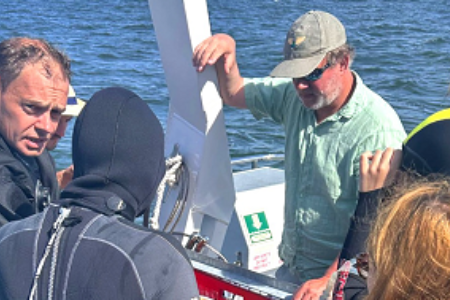
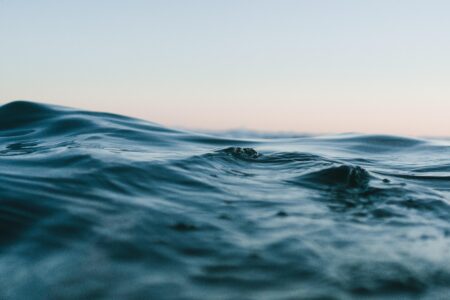
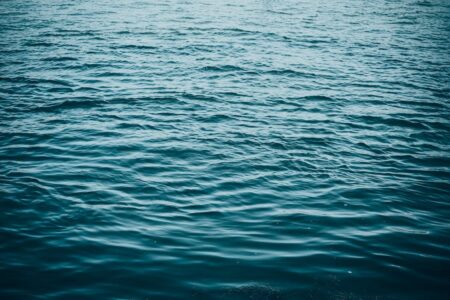
0 Comments